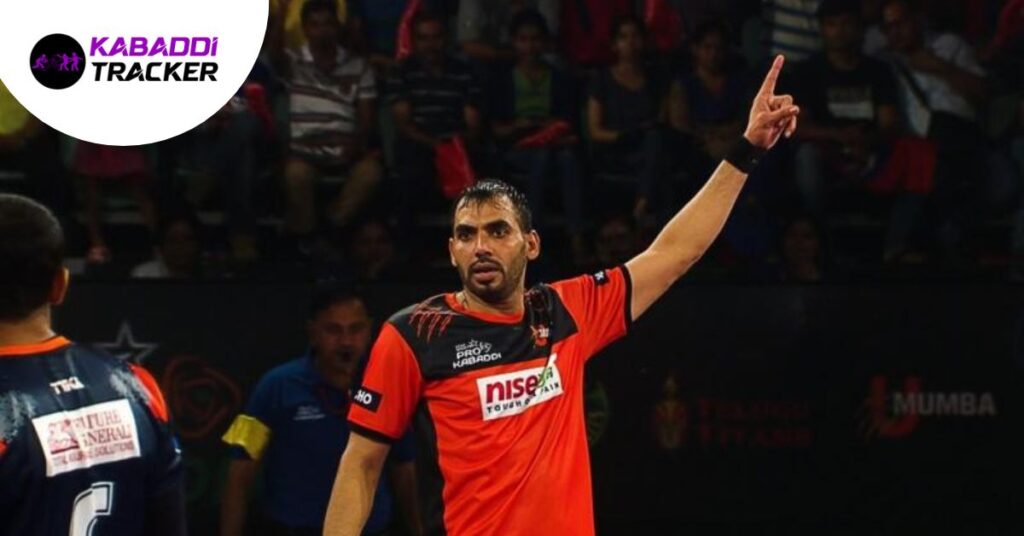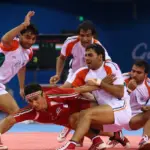Kabaddi, a game well established in the set of experiences and culture of South Asia, has gained international acknowledgment for its dynamic gameplay and extreme contest. Played between two teams, each with a typical target to raid the rival’s region while evading being tagged, Kabaddi has developed throughout the years with various formats and rules. One significant aspect of this game is the quantity of substitutes allowed in a team. In this article, we dive into the universe of Kabaddi and investigate the job of substitutes, revealing insight into the strategies and tactics utilized by teams to gain an edge in the game.
Understanding the Game of Kabaddi
Kabaddi is a contact sport that demands physical prowess, mental agility, and impeccable teamwork. The basic idea rotates around a ‘raider’ entering the rival’s half, contacting as many defenders as conceivable, and returning safely to their own side without being tagged. Meanwhile, the defending team attempts to catch the raider, forestalling their return. The game requires fast independent direction, anticipation, and strategic planning.
The Job of Substitutes in Kabaddi
A standard Kabaddi team involves 7 players on the field at any given time, yet teams can have a total of 12 to 15 players on their list. This makes the way for the strategic utilization of substitutes. Substitutes play a crucial job in maintaining the team’s energy levels, adapting to changing game dynamics and taking advantage of rivals’ weaknesses. Typically, teams use substitutes in a variety of ways:
1. Rotation and Rest:

Kabaddi is a physically demanding game that expects athletes to display eruptions of hazardous energy repeatedly all through the match. The force of the game, combined with the persistent back-and-forward development across the playing area, places a substantial strain on players’ bodies. This is where the strategic utilization of substitutes becomes an integral factor. Substitutes provide teams with the chance to maintain an elevated degree of physical newness all through the match by allowing players to rotate all through the action.
As the game unfurls, players can become fatigued, which affects their physical performance as well as their mental acuity. Fatigue often leads to lapses in concentration, more slow direction, and a decrease in overall gameplay viability. By having substitutes readily available, teams can seamlessly replace tired players, guaranteeing that the energy levels on the field remain at their peak. This rotation and rest strategy forestalls the negative impact of fatigue as well as sustains the team’s overall performance by keeping players mentally and physically sharp.
2. Tactical Adaptation:
One of the most charming aspects of Kabaddi is its dynamic nature, where strategies can move rapidly based on the unfurling occasions of the match. Substitutes play a pivotal job in facilitating tactical adaptation. Coaches and team strategists carefully notice the adversary’s gameplay, distinguishing assets, weaknesses, and patterns. Substitutes can then be strategically acquainted to capitalize on these observations.

For instance, in the event that the rival has a particularly impressive raider who reliably scores points, a substitute with exceptional guarded abilities may be gotten to counter that raider’s viability. Alternatively, assuming the rival utilizes a guarded strategy that proves challenging to breach, a substitute famous for their raiding prowess may be subbed to break through and secure valuable points. This adaptability guarantees that a team can turn their approach because of the developing circumstances of the match, ultimately increasing their chances of progress.
3. Injury Management:
Wounds are an innate gamble in any game, and Kabaddi is no exception. A player sustaining a physical issue during a match can significantly disturb the team’s musicality and gameplay. This is where substitutes step in as a vital part of injury management. At the point when a player is harmed or unable to keep playing because of a minor setback, a substitute can seamlessly take their place, limiting the impact of the injury on the team’s overall performance.
The ability to replace a harmed player with somebody who is physically and mentally prepared guarantees that the team’s performance remains steady, even in the face of startling setbacks. Additionally, the presence of capable substitutes forestalls the aggravation of wounds, as players can be subbed out before a minor issue escalates into a more serious problem.
4. Specialized Abilities:
Kabaddi is a multifaceted game that requires a blend of various abilities, for example, raiding, defending, and strategic planning. Teams often incorporate players with specialized abilities that align with explicit aspects of the game. Substitutes, in this manner, can be strategically conveyed based on the game situation and the team’s strategic goals.
Also Read – Top 10 Kabaddi Stadiums in India
For instance, in the event that a team is trailing and needs to get more points, a substitute known for their exceptional raiding abilities may be acquainted with maximizing point-scoring open doors. Then again, in the event that the team is leading and aims to protect their advantage, a talented defender could be subbed in to thwart the rival’s attempts at scoring. This specialized arrangement of substitutes enables teams to capitalize on their players’ assets and take advantage of the rival’s weaknesses, ultimately enhancing their overall performance.
Strategies Utilized by Teams

1. Impactful Start:
Teams often start a Kabaddi match with their most grounded lineup on the field. This initial lineup is intended to set an elevated degree of force and dominance all along, sending a clear message to the rival. As the match progresses and players’ energy levels naturally start to lessen, substitutes are strategically presented. This maintains the team’s force, forestalling any drop in performance and guaranteeing a steady degree of seriousness all through the match.
2. Shock Component:
Also Read – Top 10 Kabaddi Stadiums in The World
In some matches, teams strategically keep down key players and present them as substitutes later in the game. This unexpected component fills in as a tactical maneuver to catch rivals off guard. By presenting star players at a crucial crossroads, teams can disturb the rival’s biased strategies and potentially secure significant point gains. The component of shock can move the balance of force and energy in favor of the subbing team.
3. Cautious supporter:
There are instances in Kabaddi matches where a particular rival’s raider represents a substantial scoring threat. In critical minutes, coaches may strategically substitute exceptional defenders who specialize in countering such raiders. This tactical move disturbs the adversary’s offensive strategy as well as protects the team’s lead. By sending defenders known for their ability to capture raiders rapidly, teams can neutralize the rival’s most strong scoring asset and maintain their advantage on the scoreboard.

Substitutes in Kabaddi are not only replacements for tired players; they are an integral part of the game’s strategy and dynamics. The job of substitutes encompasses rotation, tactical adaptation, injury management, and the sending of specialized abilities. As Kabaddi keeps on developing as a globally perceived sport, the strategic utilization of substitutes will without a doubt remain a critical factor in deciding a team’s prosperity. Teams that master the art of subbing strategically can gain an upper hand by maintaining energy levels, adapting to changing circumstances, countering rivals really, and executing thoroughly examined game plans.





